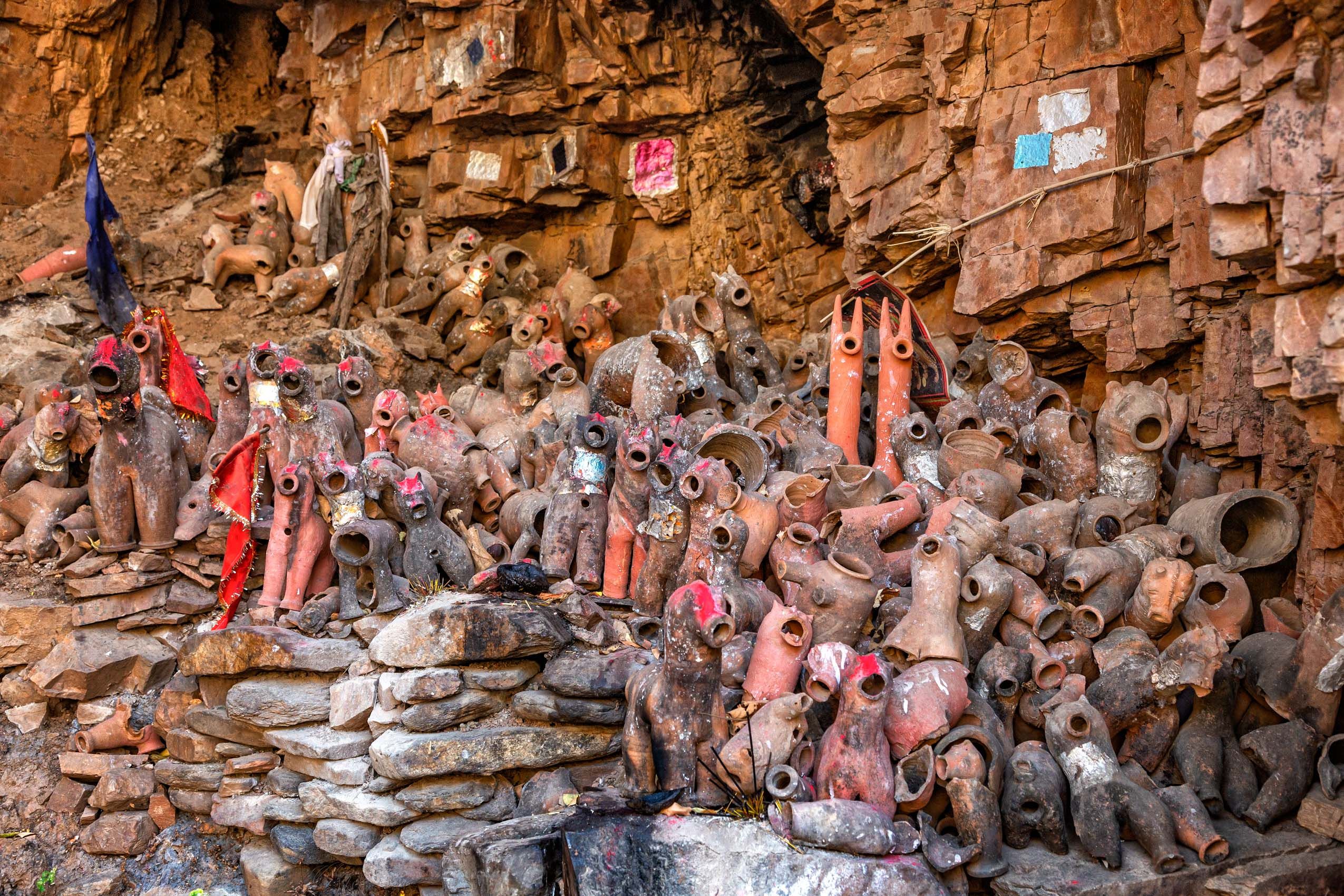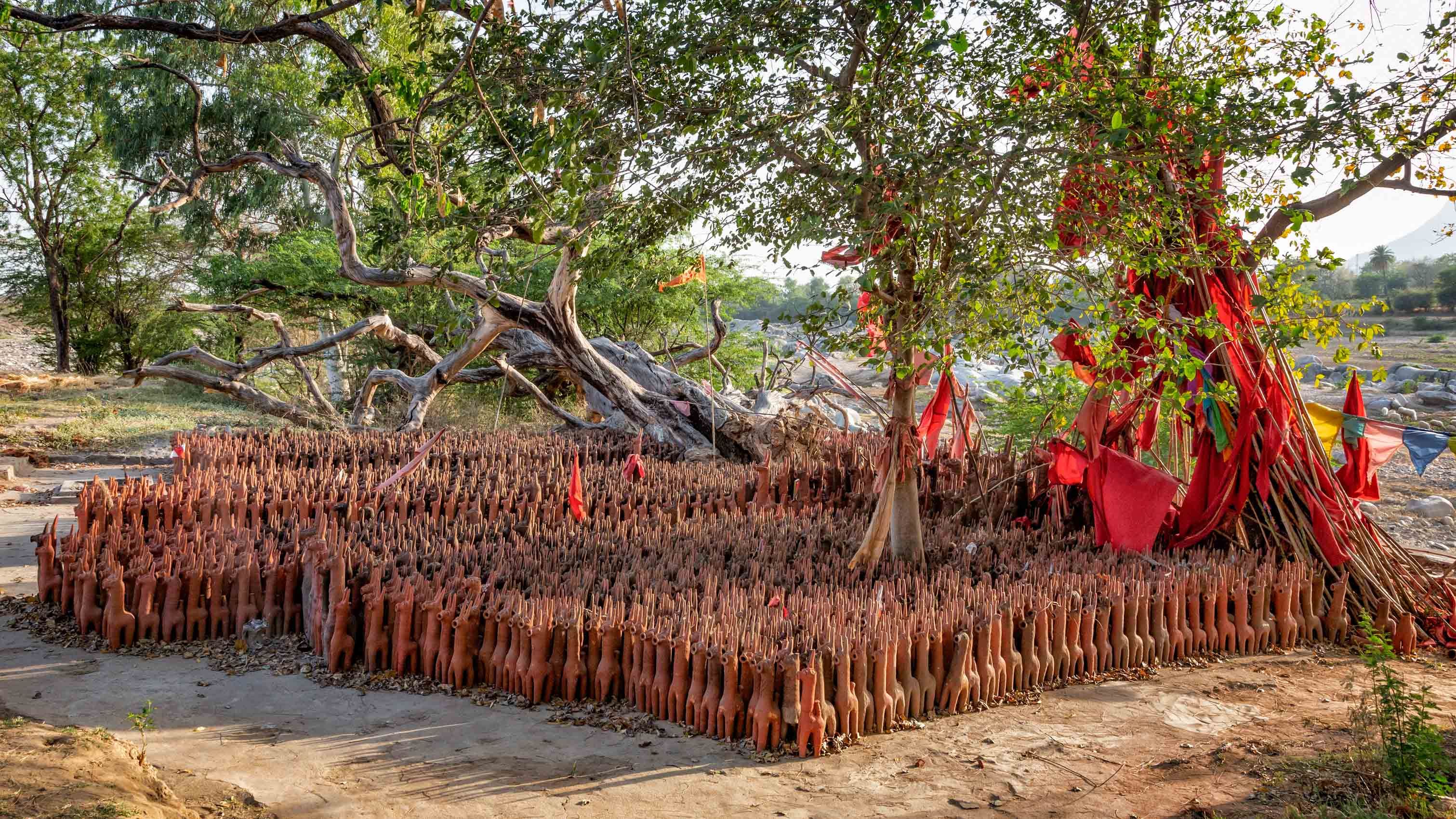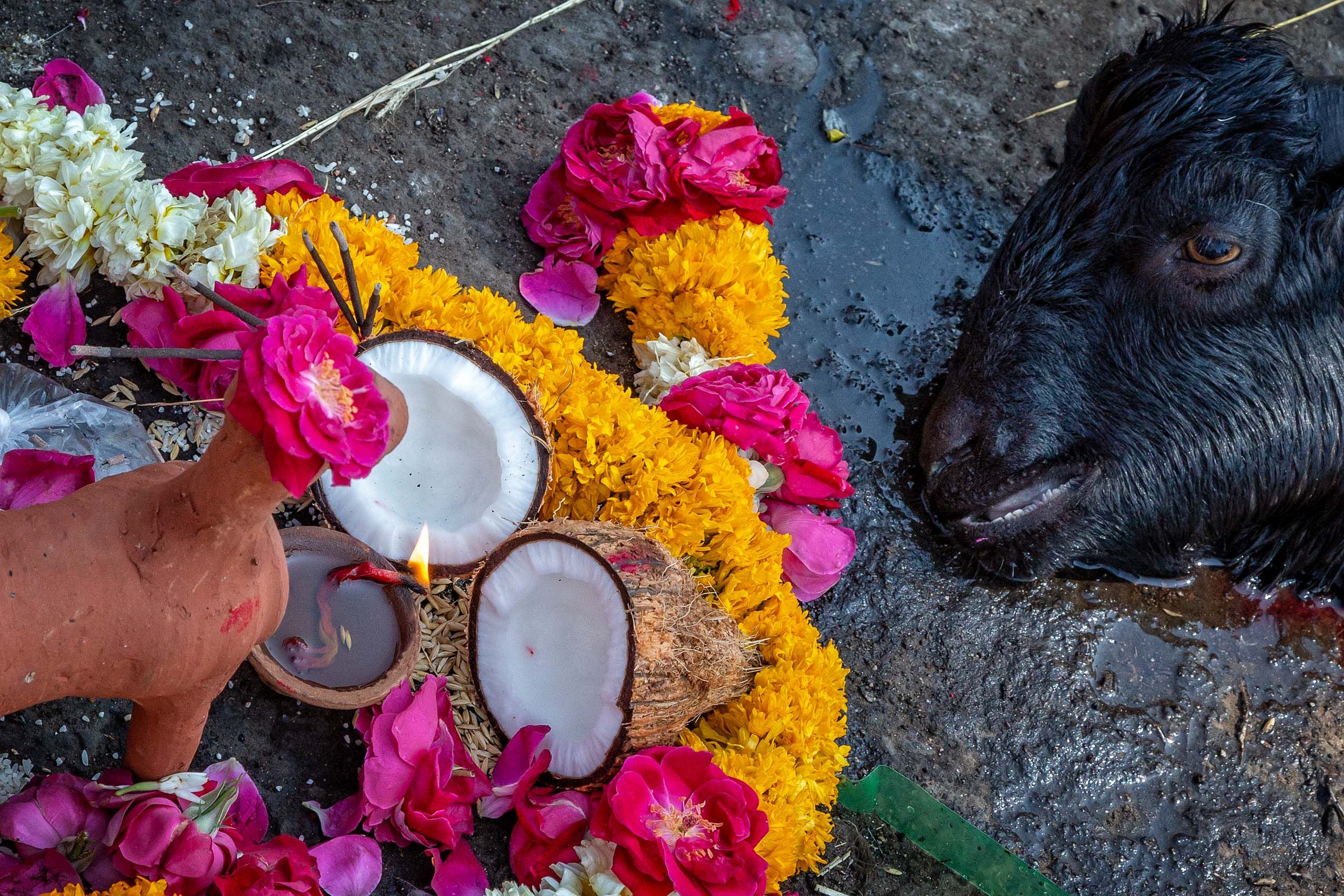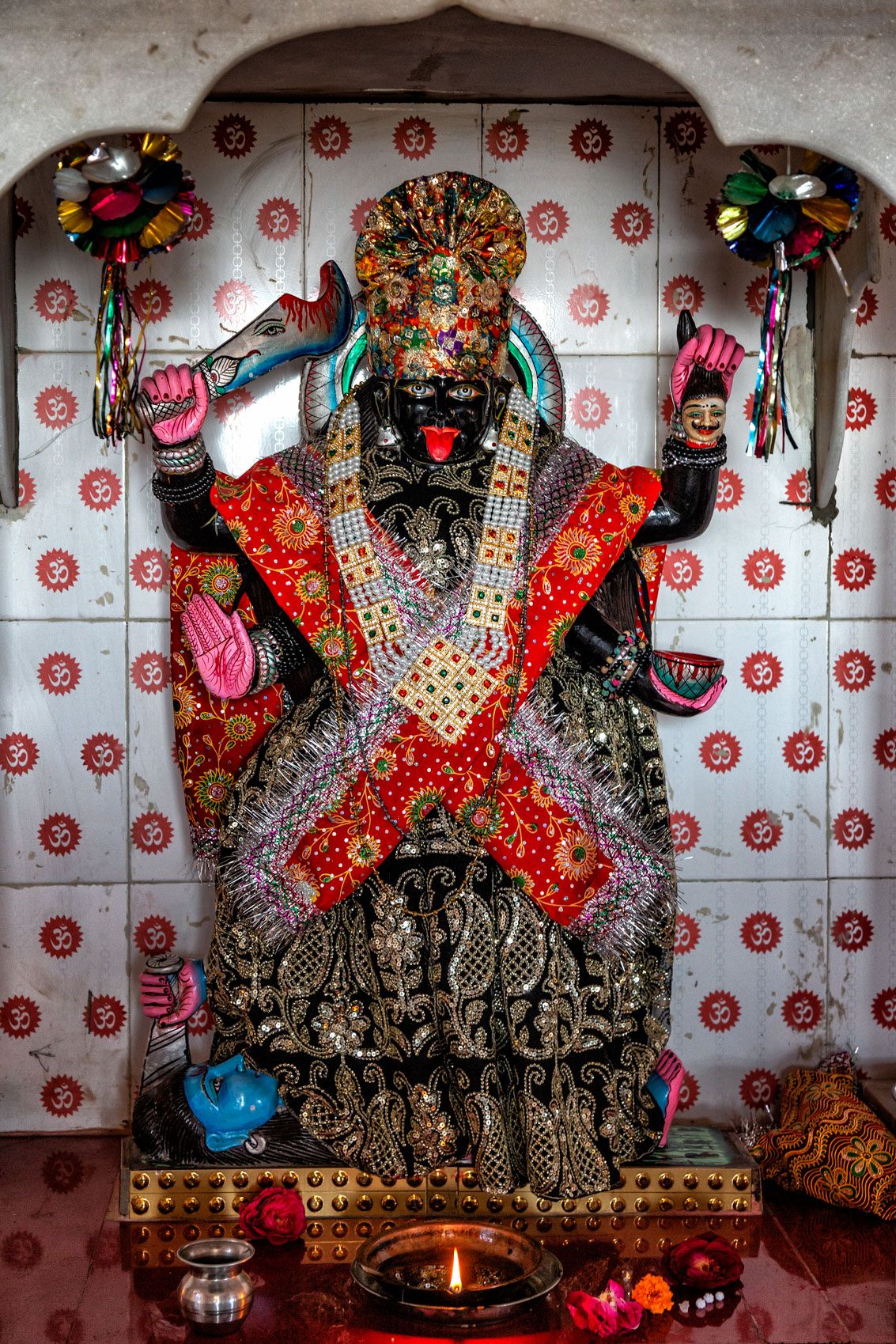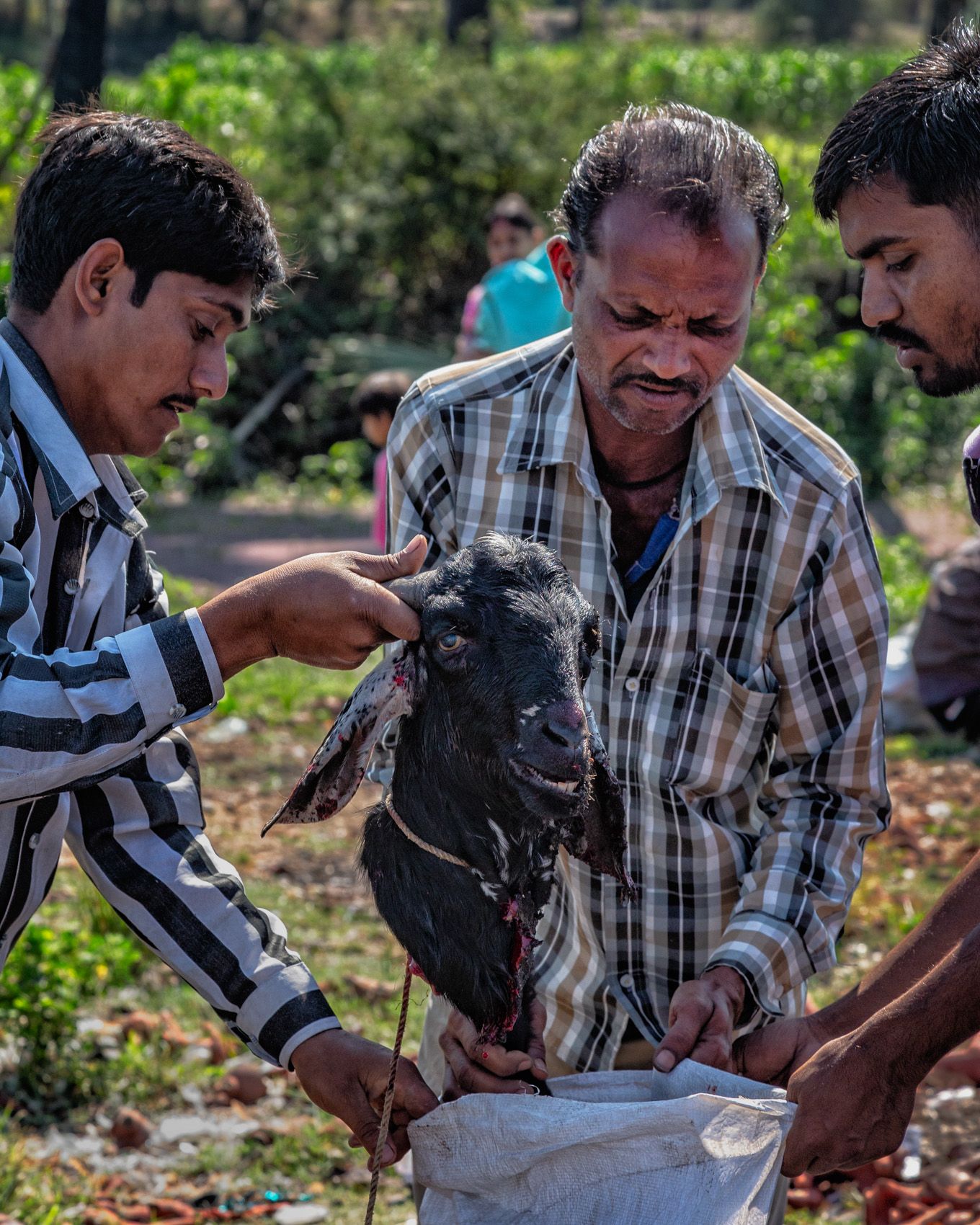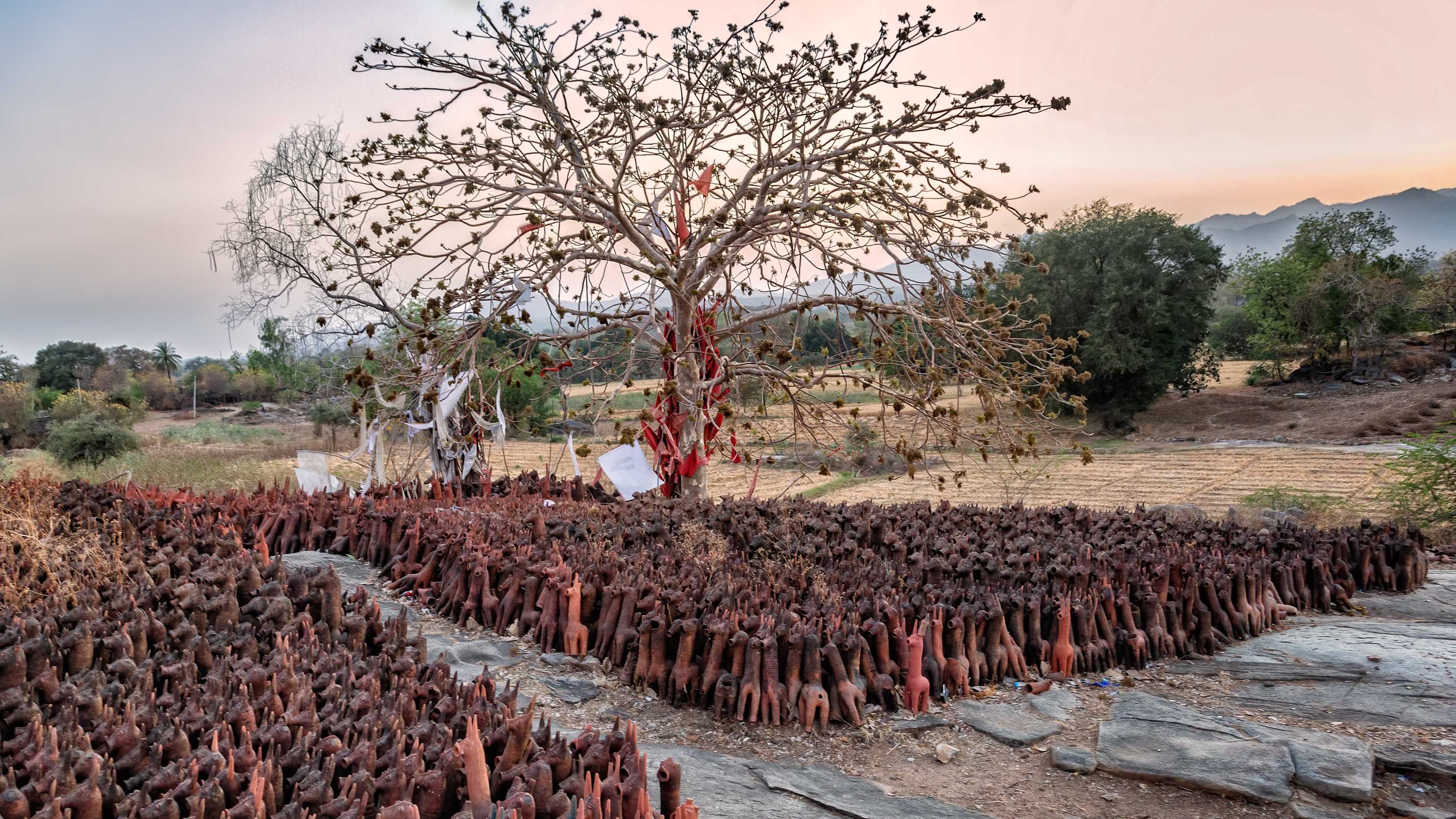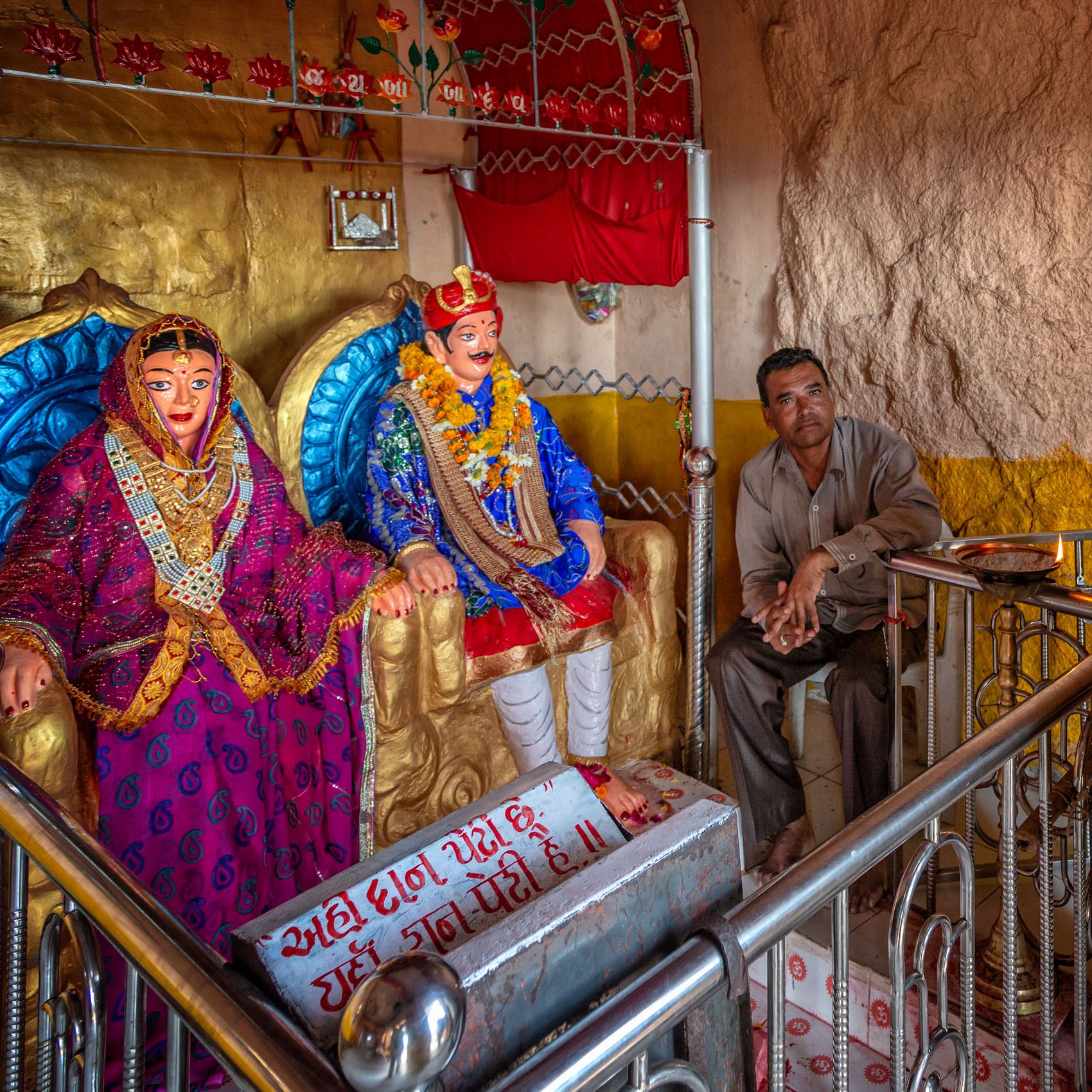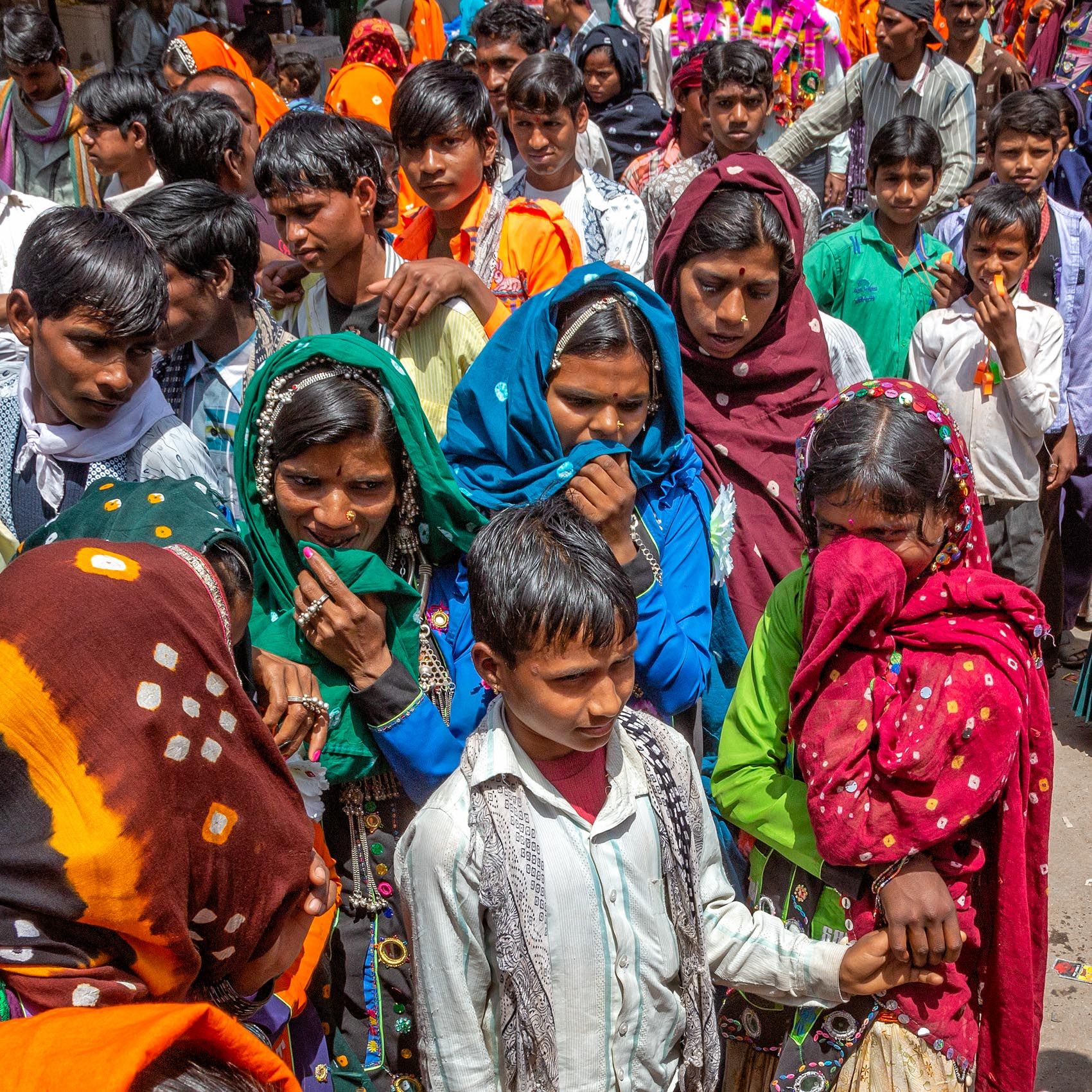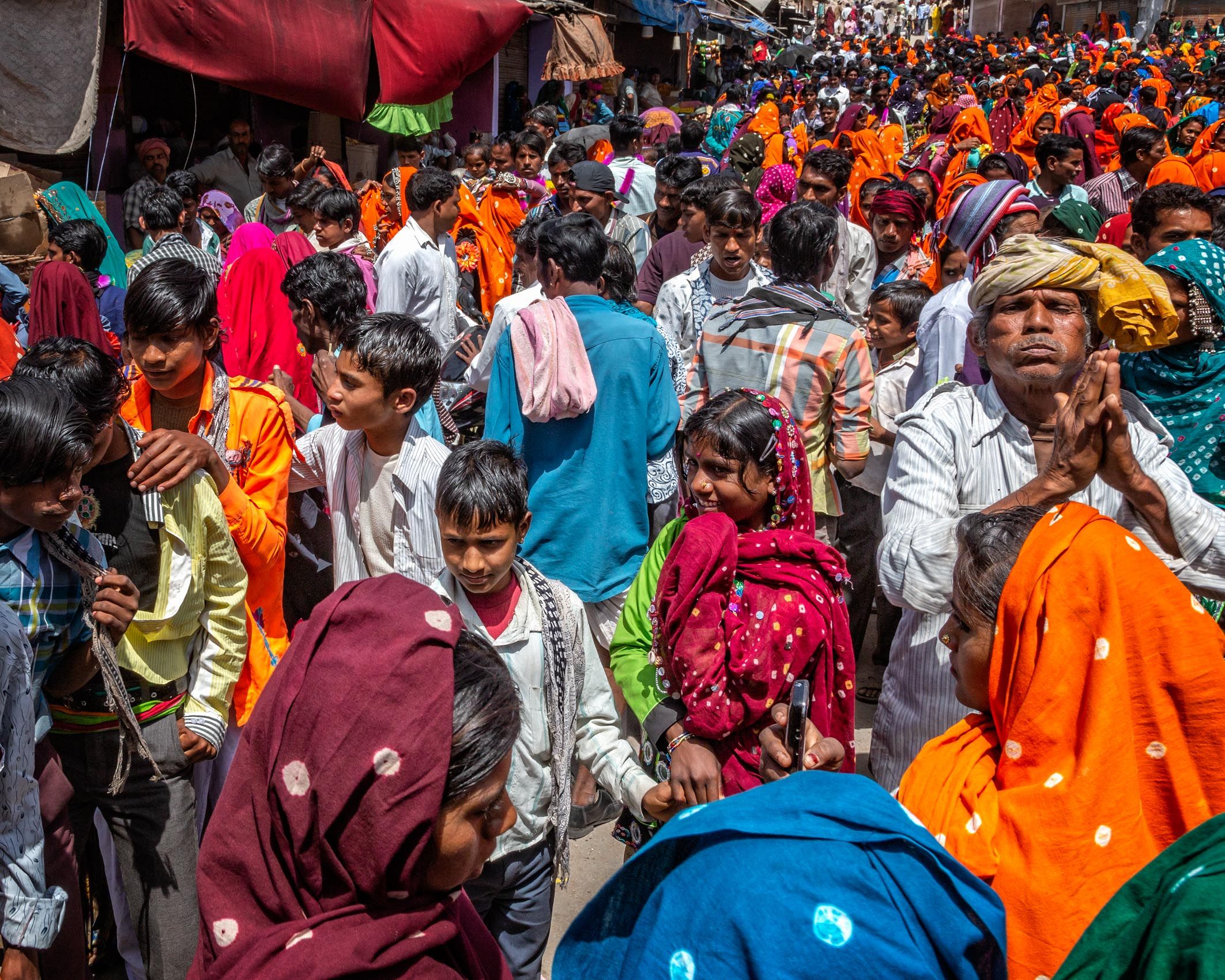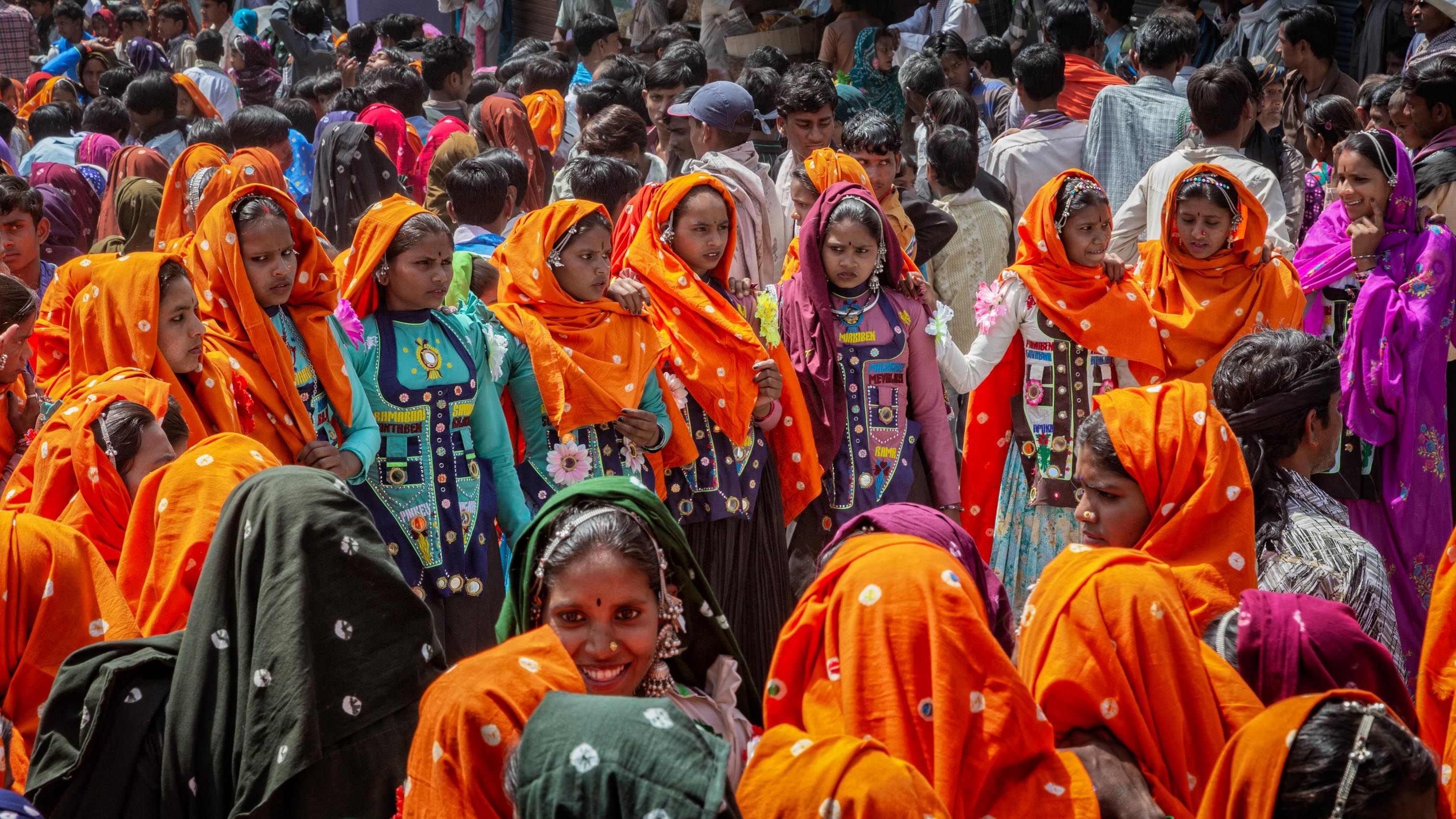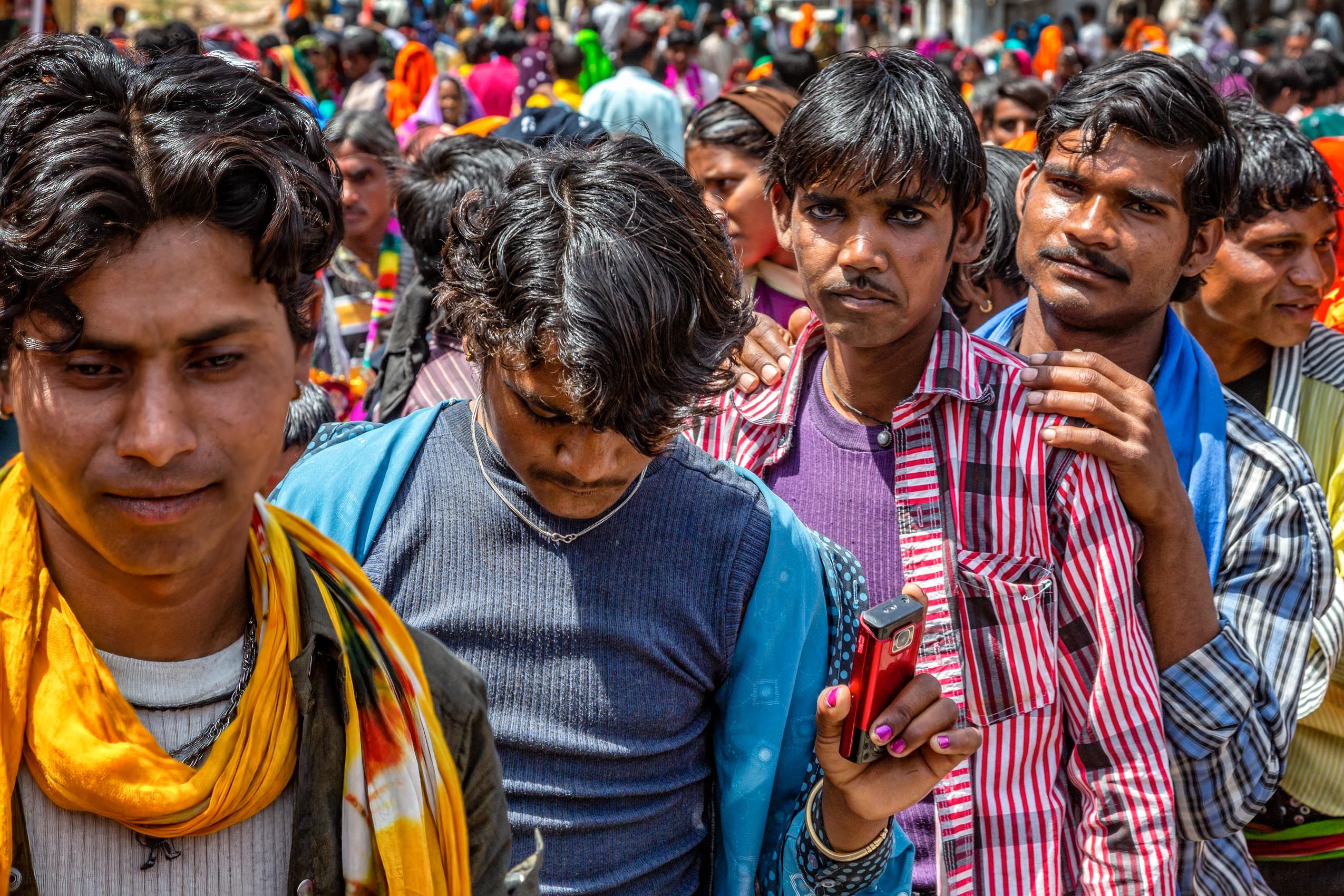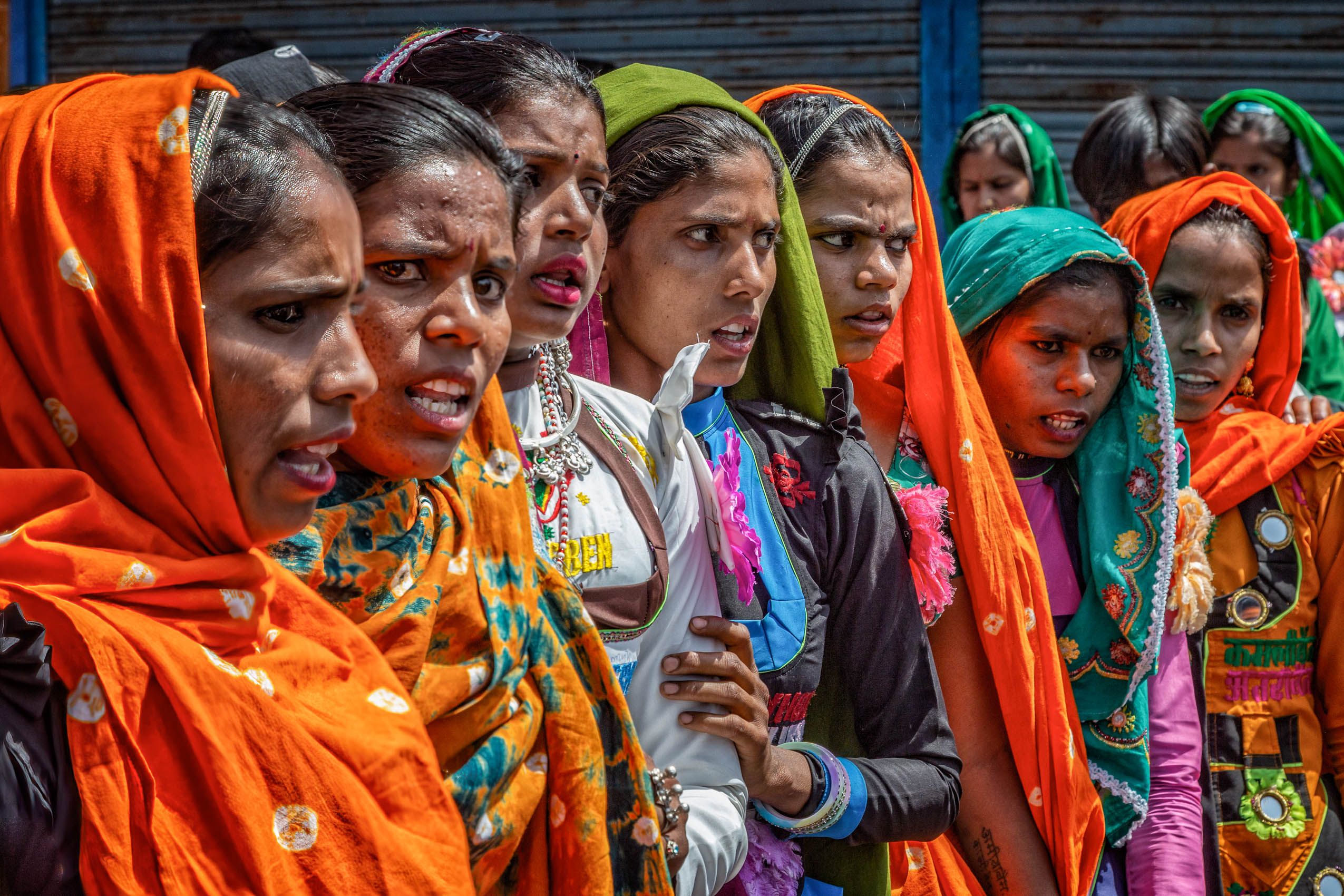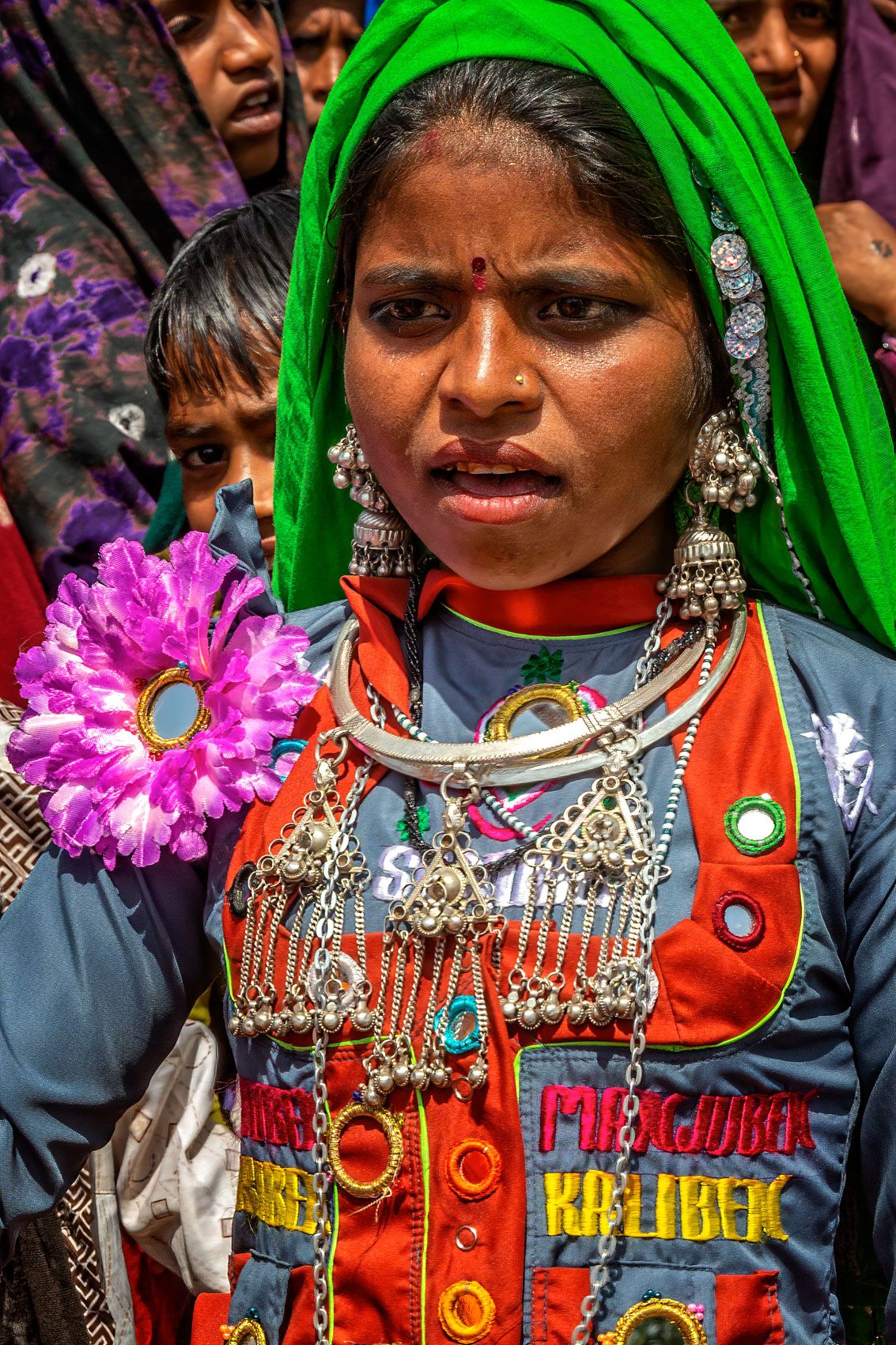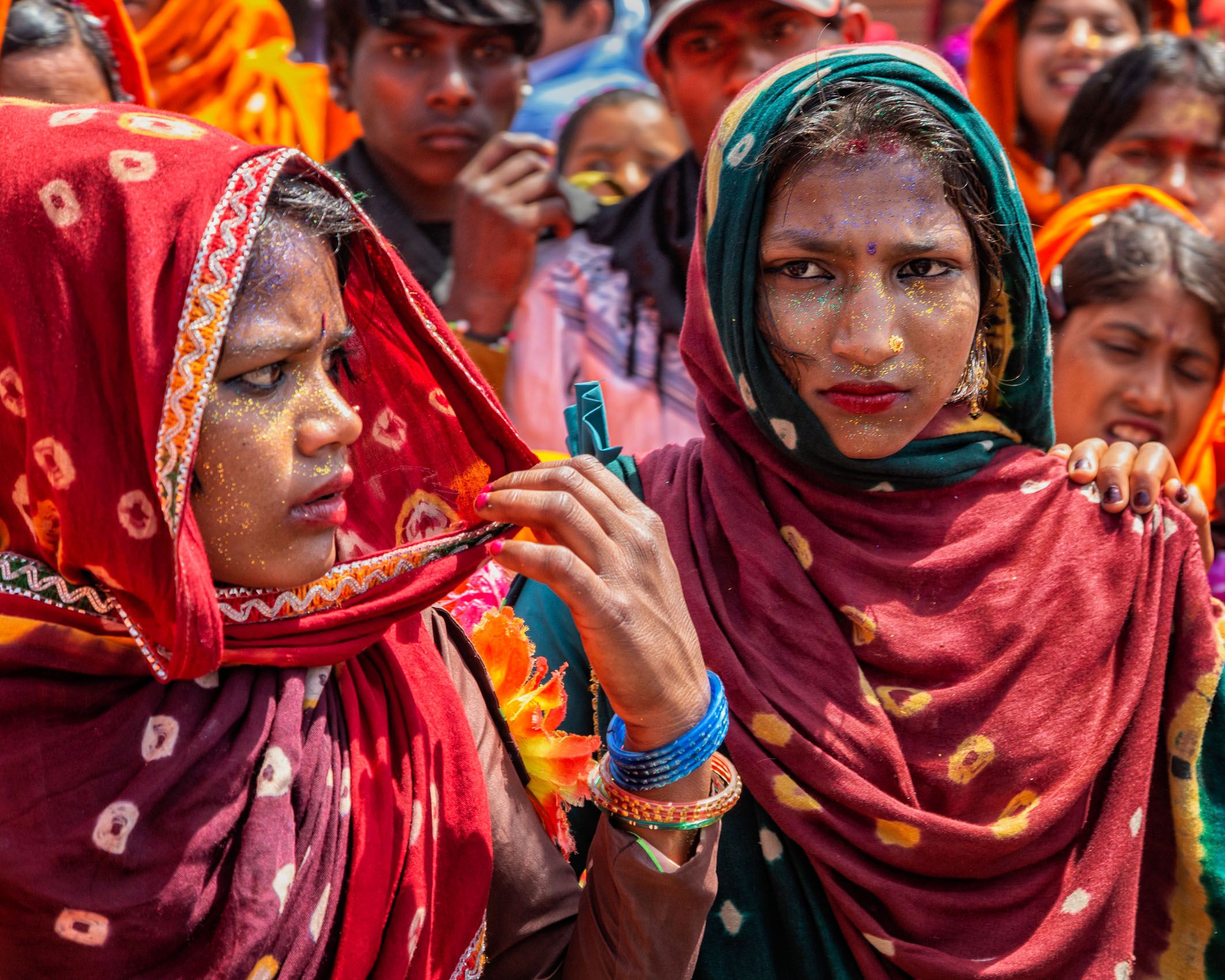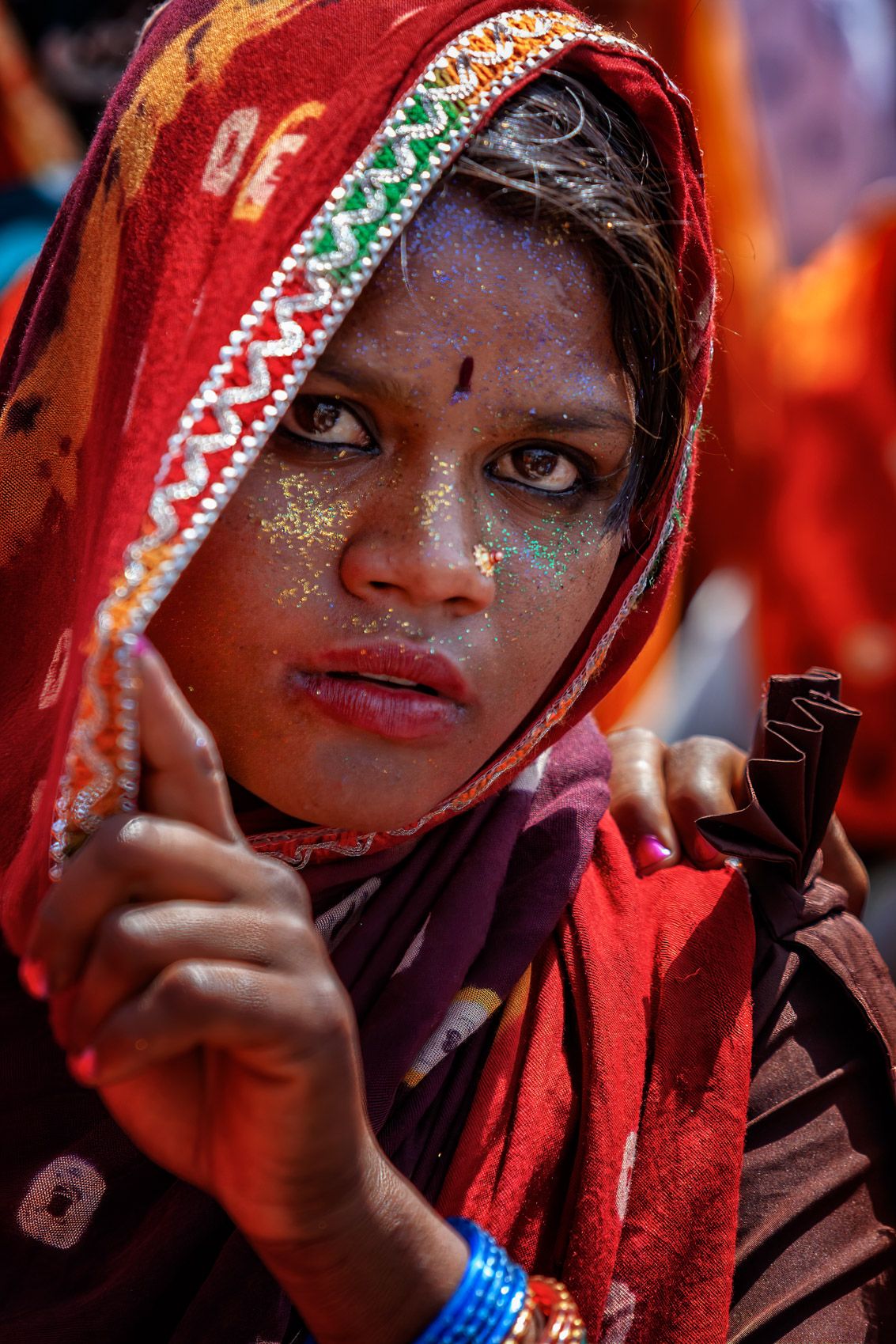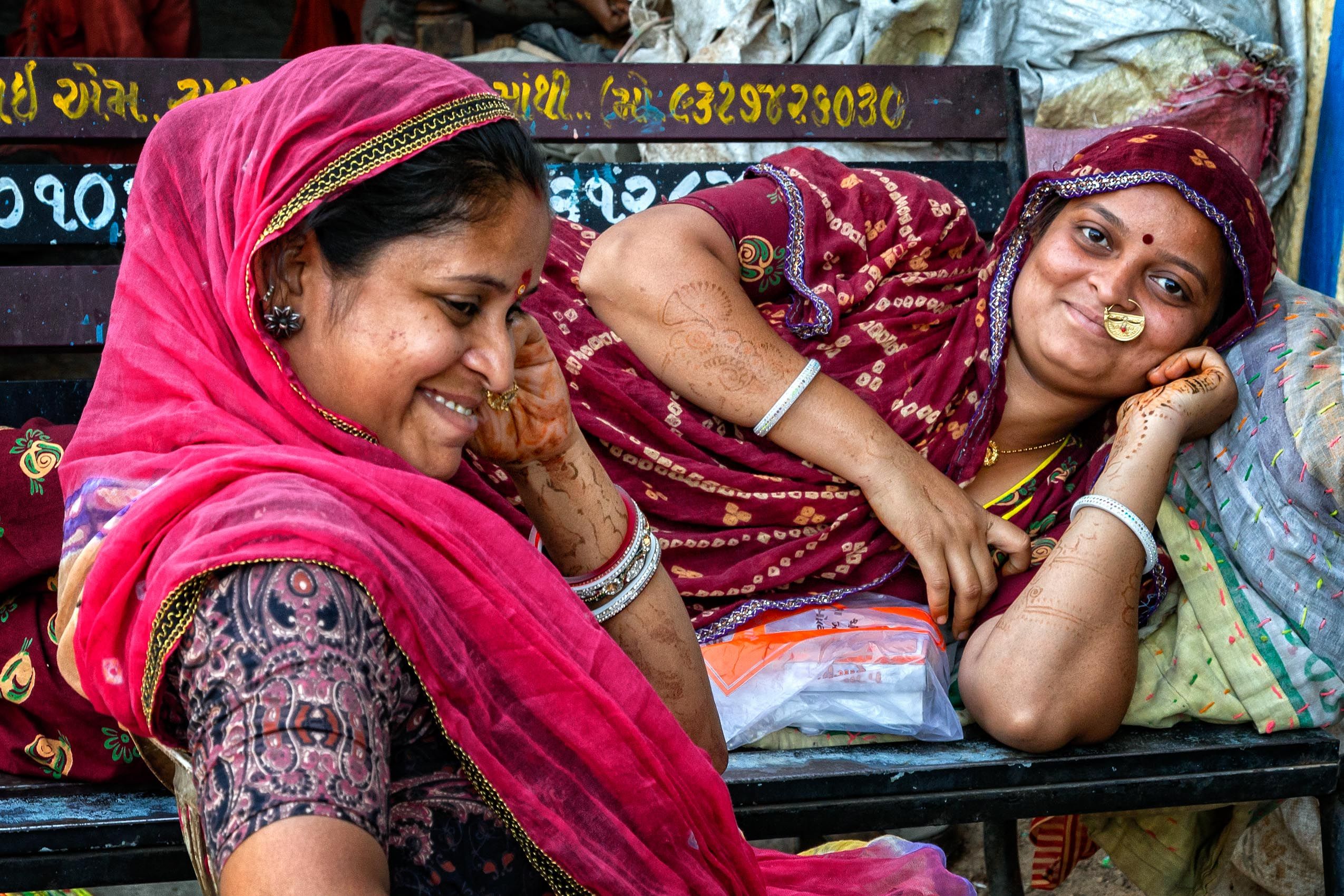TRIBAL GUJARAT I: People and Culture
Officially recognised tribal groups (scheduled tribes) in Gujarat number more than forty, although many are subgroups of the Bhil. Tribals constitute roughly fifteen percent of Gujarat’s population. Their origins are diverse and for the most part clouded by legend and surmise, with some believed to be migrants from other parts of Asia and even Africa, while others are presumably indigenous or originally migrated from other parts of northern India. Some of these groups have very rich craft traditions that continue into the present with increasing precariousness. They vary in social organization and cultural traditions but unfortunately continue to share a marginal status in this prosperous and modernised state, with some groups persistent victims of poverty, displacement, and lack of land rights.
This portfolio includes images taken among a number of tribal groups—including Bhil, Jath, Meghwal, Mutwa, Rabhari, and Rathwa—in village and rural settings in central and northern Gujarat. They are sequenced into three broad groups: First are candid and environmental portraits of agricultural workers and crafts people, with different groups excelling at different crafts such as embroidery, pottery, and metalwork. Second are images relating to tribal religious practices, which often blend local elements with Hindu ones. Terracotta horses are especially prominent as offerings to the local gods and goddesses, some shrines accumulating thousands. Here I also document a visit up through a steep winding boulder strewn path to the Baba Dev Temple in the village of Chelavada, where the local Rathwa deity Baba Dev and his consort (Baba Devi) are worshipped. Wishes are written down and folded into terracotta horses left as offerings, while goats and chickens are slaughtered in large numbers with the heads and livers as offerings. The final group of images were taken at a gher, a seasonal courtship festival for young men and women of the Garasia Bhil tribe that takes place near Poshina. The young dress for the occasion, which involves group dancing by the girls and sometimes the boys too, and opportunities for flirting and courtship that can lead to elopement and marriage, or to brawling.



















